Demi Pointe – How to Perfect Your Technique
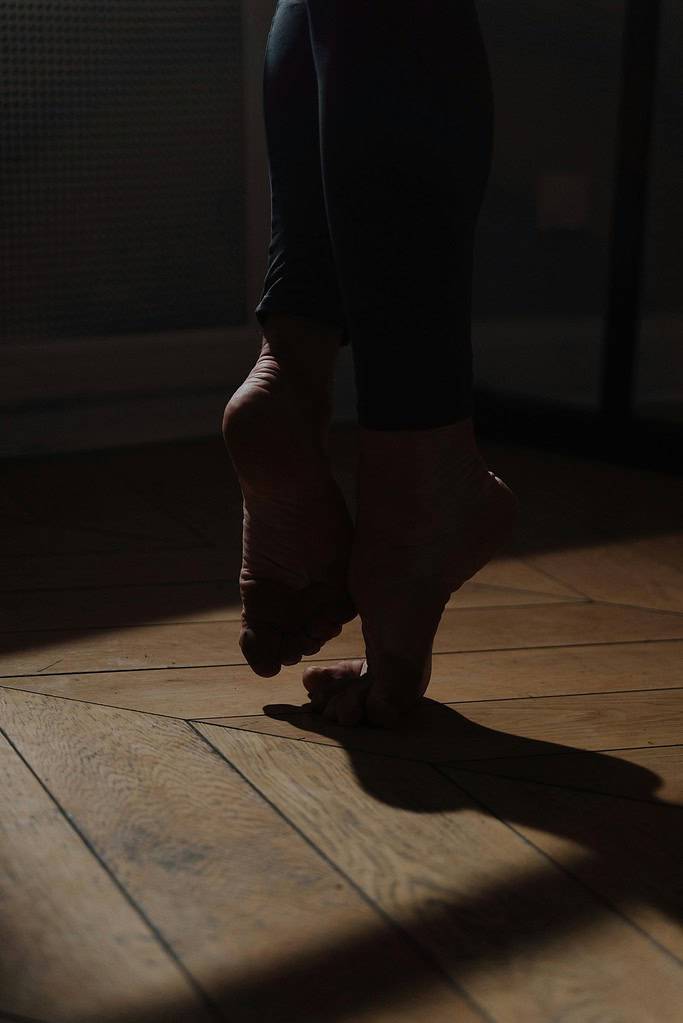
Perfecting your demi pointe is crucial to your dance training and technique.
Thinking about it, it’s the gap between flat and full-point work.
It’s also essential across all dance styles, particularly ballet, as it strengthens the muscles in the feet, ankles, and calves.
This strength is crucial for performing more complex movements, such as pirouettes, and is an important preparatory step for pointe work.
Trust me, without a solid demi pointe position, dancing can become extremely challenging!
In this blog, I’ll provide you with beginner and professional tips to master your demi pointe techniuqe.
WHAT IS DEMI POINTE?
Demi pointe involves rising onto the balls of the feet, with your weight evenly distributed across the metatarsals and the heels lifted off the ground.
This half-raised position is essential for developing balance, strength, leg power, endurance, flexibility, and technique.
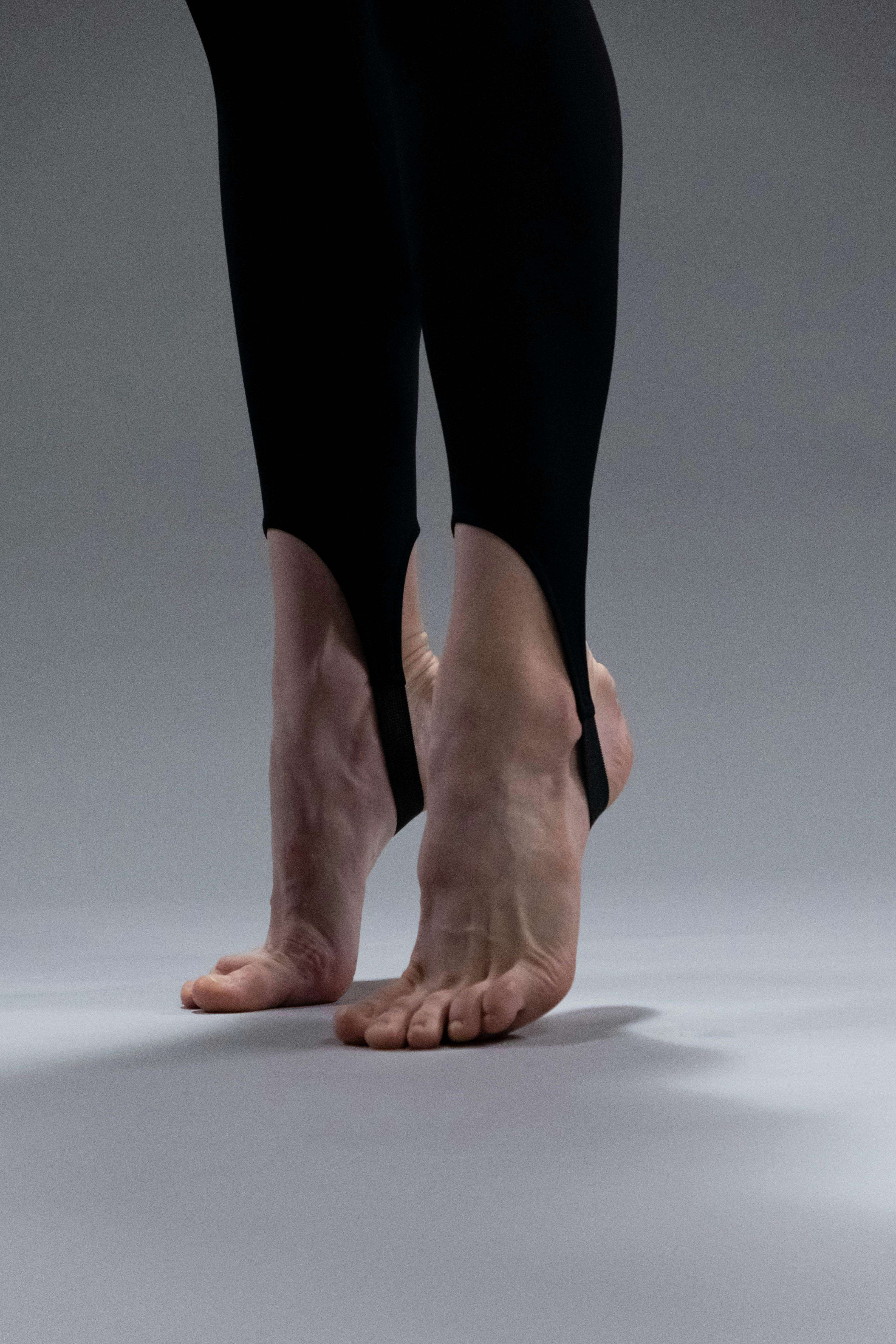
COMMON DEMI POINTE MISTAKES
Here are three common demi pointe mistakes that can be easily avoided with practice and precision.
SICKLING AND ALIGNMENT
The first common mistake during demi pointe is placing your weight or alignment over the little toe, resulting in a sickling appearance.
This misalignment is extremely dangerous, as it can lead to rolled ankles and an unstable platform for pointe work.
This might be one to look out for if you’re frequently falling out of pirouettes or struggling to maintain balance for an extended period.
To avoid this, dancers should focus on centering their weight evenly over their toes, with an emphasis on the big toe rather than the little toe.
I’d also recommend performing calf raises with a theraband wrapped around your ankle. This will help you strengthen the muscles of the calves and shins, promoting correct alignment.
CURLING THE TOES
The second common mistake is when dancers curl their toes on demi pointe instead of maintaining even pressure across their metatarsals.
Keeping the toes flat on the floor allows dancers to press down and lift effectively.
Remember, when the toes are curled, less force or pressure is distributed, making it difficult to reach the highest demi pointe position.
If your demi pointe position feels weak or you’re struggling, check that your toes are flat in your shoes and that your shoes are not too tight.
You can try incorporating exercises like doming or overball toe presses to strengthen the muscles in your metatarsals.
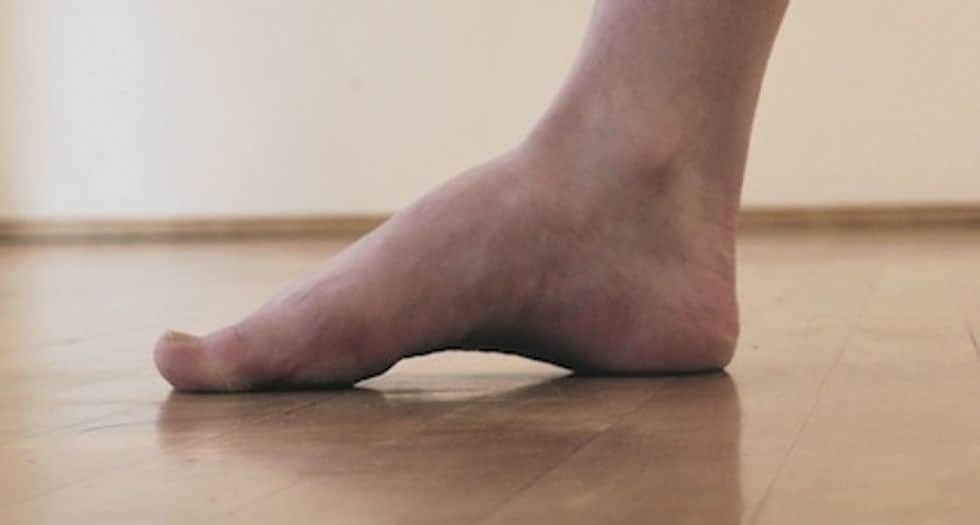
DROPPING THE HEEL
The third common mistake in demi pointe is dropping the heel or constantly falling back towards the heel.
This typically occurs when the calf muscles lack sufficient strength to sustain the position and when your weight isn’t fully over your toes.
Sometimes this issue can also arise due to inadequate flexibility in the toes, arch, and lower legs.
By enhancing both the strength and flexibility of your feet, you can attain a demi pointe position as stable as the trunk of a tree.
DEMI POINTE TIPS FOR BEGINNER DANCERS
Many people believe that dancers can’t improve their feet or demi pointe position.
I beg to differ!
With a few simple daily exercises, you will soon notice improvements in foot shape, line, and strength, and be able to achieve your ideal demi pointe.
Here are three tips for beginner dancers to incorporate into your daily practice to achieve correct demi pointe technique.
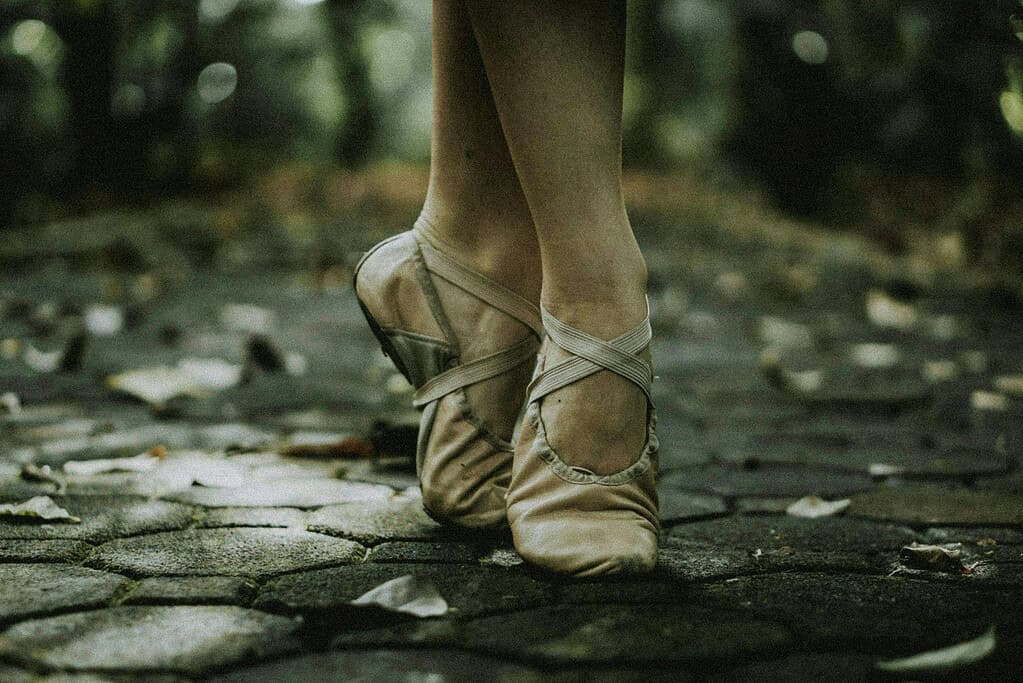
TIP 1 – CALF RAISES
Calf raises are one of the most effective exercises for dancers to enhance muscular strength in the feet, ankles, and calves.
By lifting onto the toes, dancers utilise their body weight as the perfect resistance while focusing on maintaining correct alignment.
RECOMMENDATION
Calf raises can be performed using both legs or a single leg, in either parallel or a turned-out position.
For beginners, I’d recommend starting in parallel to ensure proper alignment and leg tracking while rising onto demi pointe and lowering to flat.
Remember to push through the toes and engage your entire body by lifting up and out.
This exercise engages not just the lower body but also integrates the entire body, working towards improving your strength and articulation in the legs.
Try a series of 12 repetitions in each position, and from each leg.
TIP 2 – IMPROVING INTRINSIC TOE STRENGTH
To effectively enhance intrinsic strength, consider using therabands for added resistance.
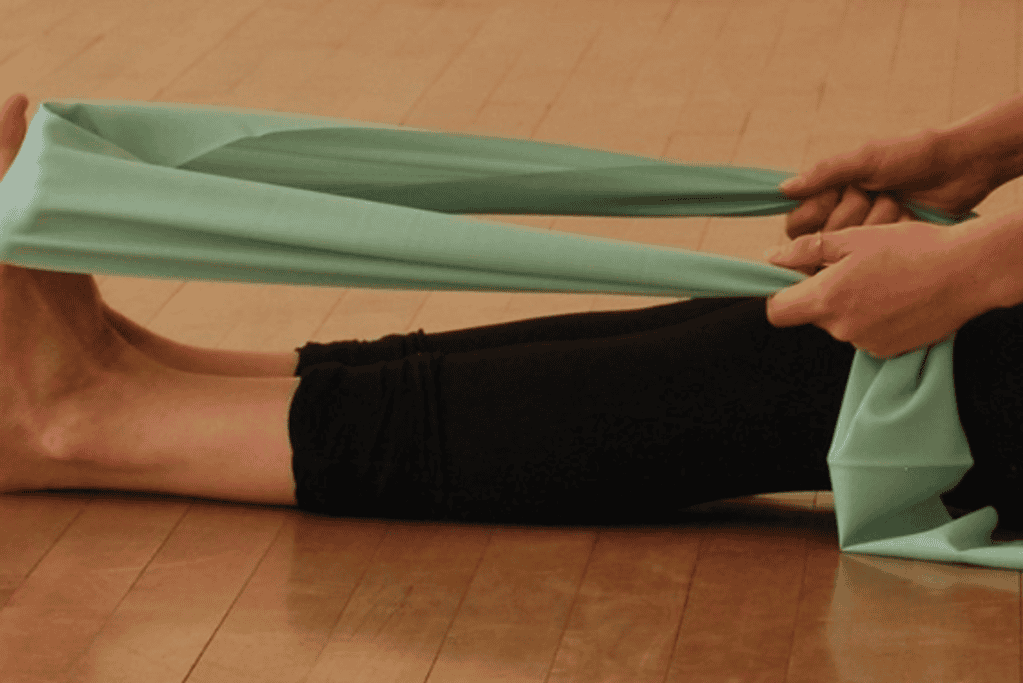
Additionally, you can also incorporate exercises like doming or toe presses with an overball.
Both of these exercises specifically target toe strength, enabling you to achieve maximum height on demi pointe.
RECOMMENDATION
For theraband exercises:
To practise doming:
The overball provides additional resistance and can help dancers achieve the sensation more effectively compared to practising on the floor.
Perform each exercise for a series of 12 repetitions on each foot.
TIP 3 – SEATED DEMI POINTE STRETCH
The seated demi pointe stretch exercise is excellent for gently stretching your demi pointe position. It focuses on your toes and big toe joints.
However, it should be executed with caution and attention to correct alignment.
RECOMMENDATION
Begin by sitting on both knees with your heels lifted and toes in demi pointe position.
It’s crucial during this seated stretch to keep your heels together at all times and prevent them from opening, which could cause a sickling effect.
You’ll experience gentle pressure and stretch across your big toe joints and toes.
This will aid in loosening and enhancing your range of motion.
Gradually increase the duration, starting with a one-minute interval, and add 30 seconds each week to prevent joint strain.
DEMI POINTE TIPS FOR ADVANCED DANCERS
Here are three tips for advanced dancers, that build on the basic principles of demi pointe, that can be incorporated into your daily practise to perfect this movement further.
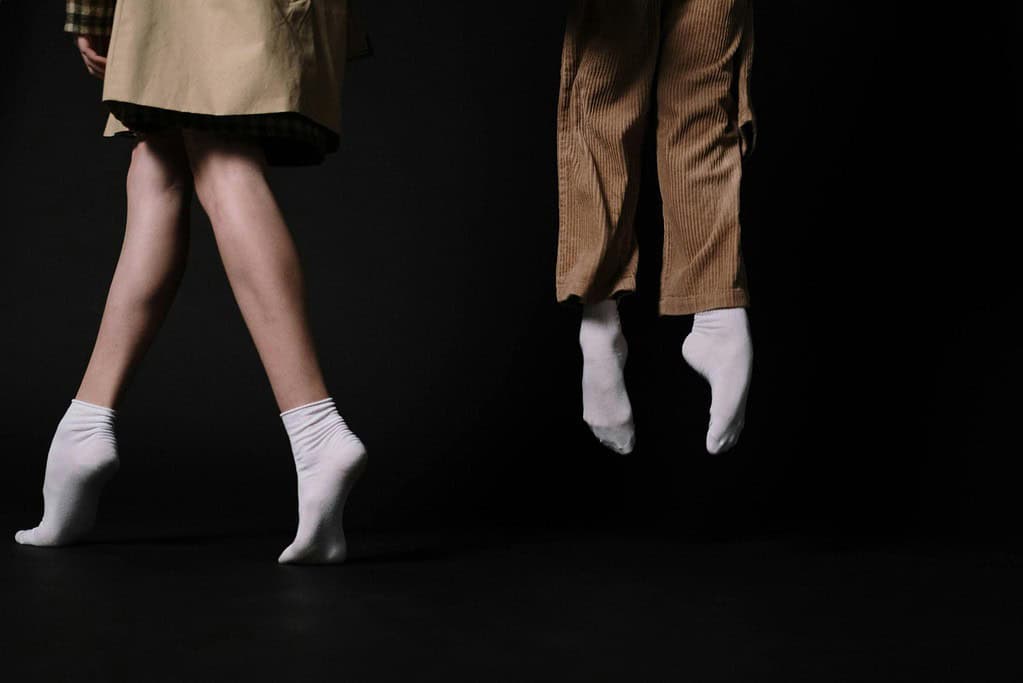
TIP 1 – CALF RAISES FROM AN ELEVATED SURFACE
Similar to our beginner exercise, advanced dancers can take standard calf stretches one step further.
Either using a step or elevated surface, such as a yoga block, dancers can perform a series of calf raises from an increased height.
This adds an extra challenge in both strength and range of motion.
RECOMMENDATION
Performing single-leg calf raises from an elevated position in both parallel and turned-out positions.
This exercise offers dual benefits of strength and flexibility. Both of these are crucial for improving your range of motion, lower leg strength, and sustaining a graceful line on demi pointe.
Aim for 12 repetitions in each position on both legs.
TIP 2 – DEMI POINTE PUSH OVERS IN RELEVE
This exercise not only enhances the strength in your feet and ankles but also improves your stability and balance in a relevé position.
RECOMMENDATION
Start in a passé position on relevé.
While maintaining your retiré position and a high demi pointe, bend your supporting leg and hold for 3 seconds before stretching back to the starting position.
Working in this bent position challenges both stability and strength, while also stretching the demi pointe to improve your range of motion.
This exercise can be quite challenging and you may find that your legs will shake. That’s perfectly normal as your muscle fibres are being challenged.
Gradually build up to a series of 8 repetitions on each leg.
TIP 3 – BALANCING ON DEMI POINTE
A highly effective method to improve your ballet demi pointe is by practising balance on demi pointe, a skill essential to master throughout ballet classes.
You can practise balancing in various positions such as passé, attitude, arabesque, or développé.
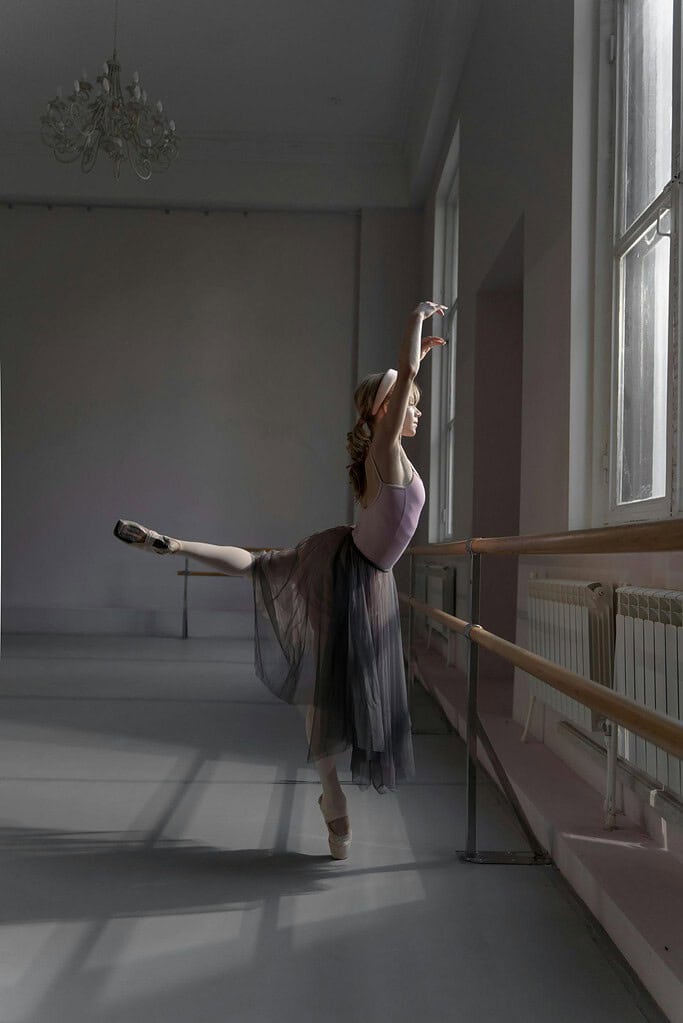
RECOMMENDATION
The old saying ‘practice makes perfect’ is relevant for ballet as well.
Consistent practice enhances muscle memory and improves various aspects of your dancing.
Begin by practising balancing at the barre, then gradually transition to the centre, even pushing up from a releve position.
I liked to visualise someone gently holding my ankle with two hands. This gave me the feeling that my ankle was fully supported by a strong platform.
Try to envision your weight being drilled down into the ground while simultaneously lifting at the same time.
Focus on increasing the duration so you can maintain a balanced and graceful position and always strive for the highest demi pointe possible.
WRAP UP
While there are numerous exercises you can add to your routine to enhance your demi pointe position, remember that demi pointe begins with your very first tendu.
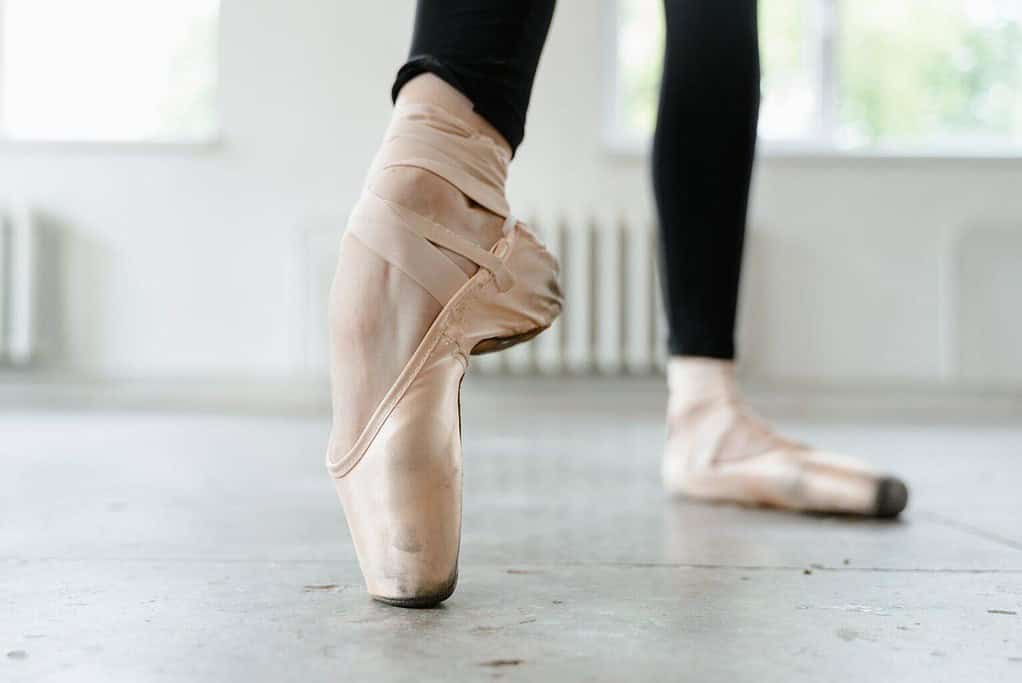
The intrinsic strength in your feet, as you push from demi pointe into a fully extended tendu, provides an ongoing opportunity to improve your demi pointe.
Consider the number of tendus you perform in class and make the most of this simple opportunity.
Articulation is key!
Don’t forget that perfecting your demi pointe technique requires patience, consistency, and a little additional strengthening and stretching.
Remember to take care of your feet, they are your instruments and deserve special love for everything they can do.






